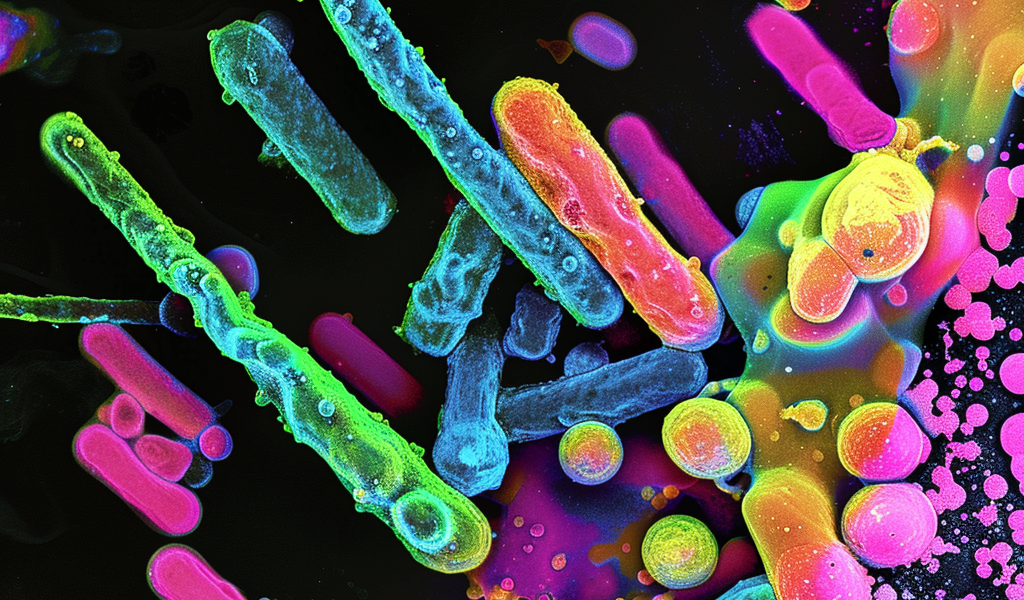Scientists have made a groundbreaking discovery in the human gut, finding rod-shaped fragments of RNA called ‘obelisks’ colonizing bacteria for the first time. This discovery may represent a whole new class of infectious agent, according to a study available on the preprint server bioRxiv.
The lead author, Ivan Zheludev of Stanford University, and his colleagues identified thousands of distinct loops of single-stranded RNA that did not code for proteins. They even found one group of obelisks inside the common mouth bacterium Streptococcus sanguinis. Additionally, they analyzed information on the mouth and gut microbiomes of 472 people from five previous studies and detected obelisks in nearly 10 percent of the participants.
These obelisks bear some resemblance to viroids, tiny, circular fragments of single-stranded RNA. However, they differ in their shape and structure, being rolled into a rod shape instead of remaining a flat circle, and their RNA sequences don’t match any known viroid sequences. Moreover, they are the first viroidlike elements to be detected in bacterial cells, rather than in more complex organisms.
Understanding and classifying these obelisks will be an intriguing challenge, as they blur the line between living and nonliving things. Given the ubiquity of viroids in the plant world, finding something similar in bacteria makes perfect sense, and it is an exciting discovery in the field of microbiology.





